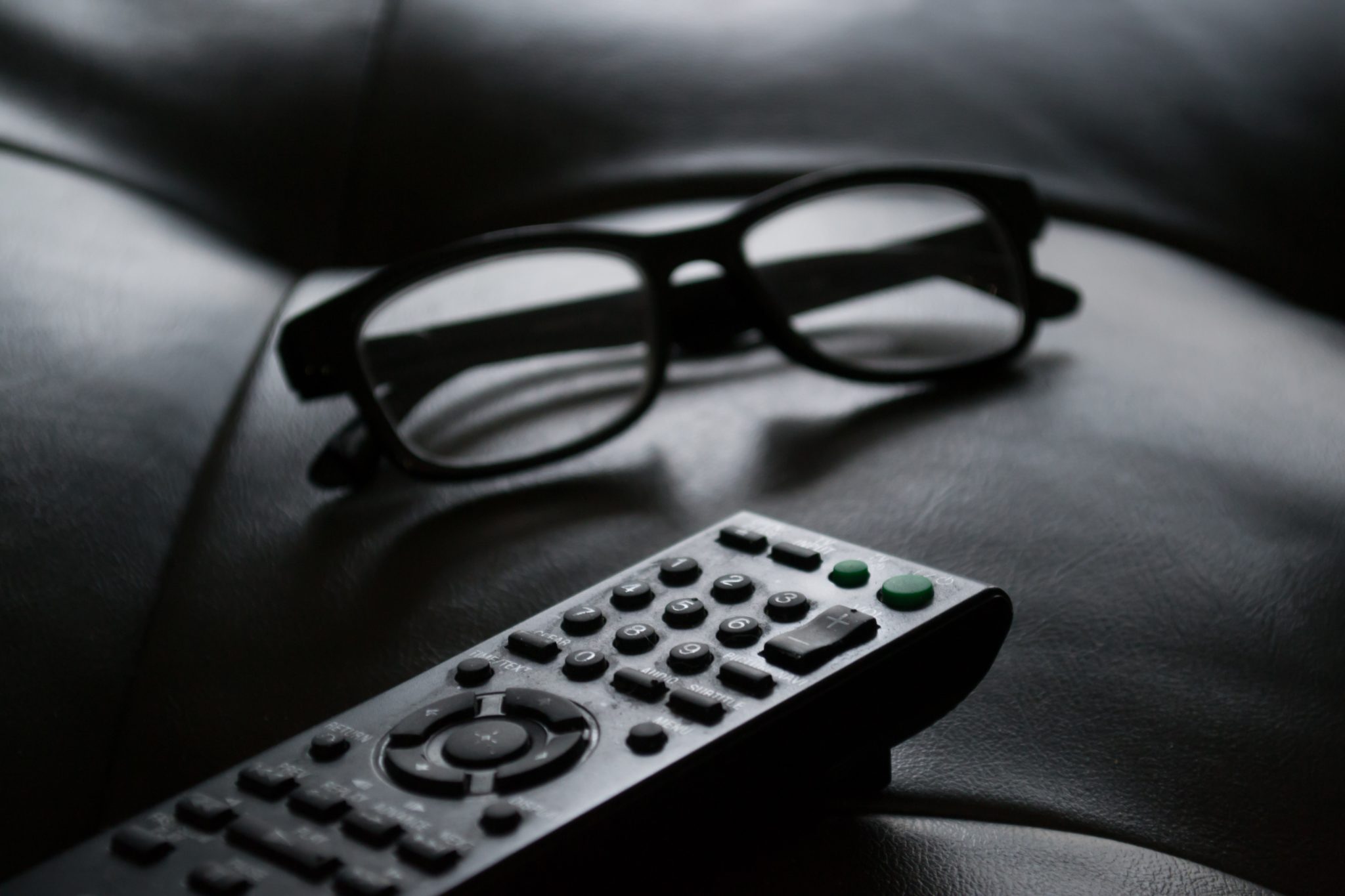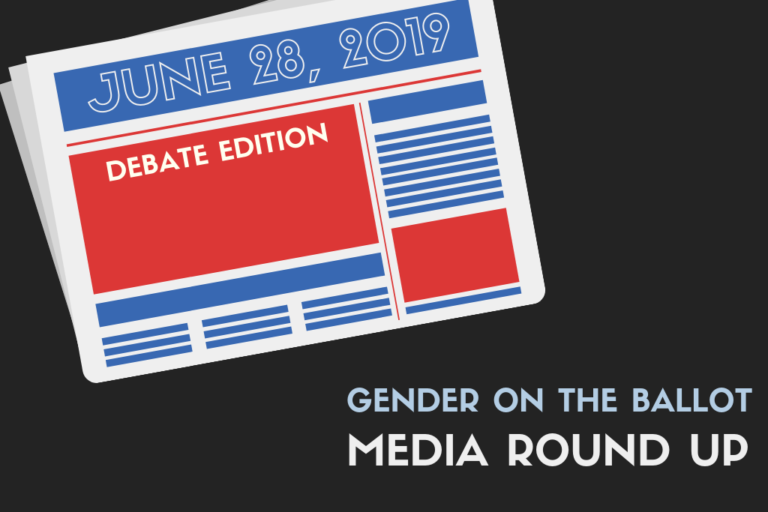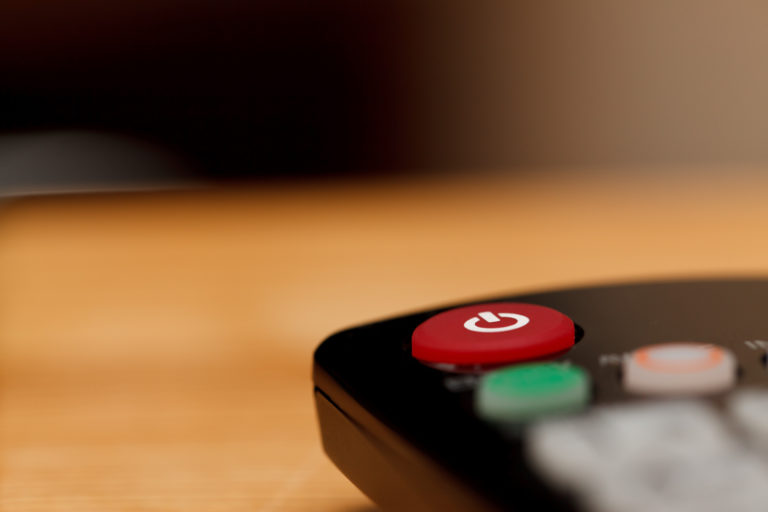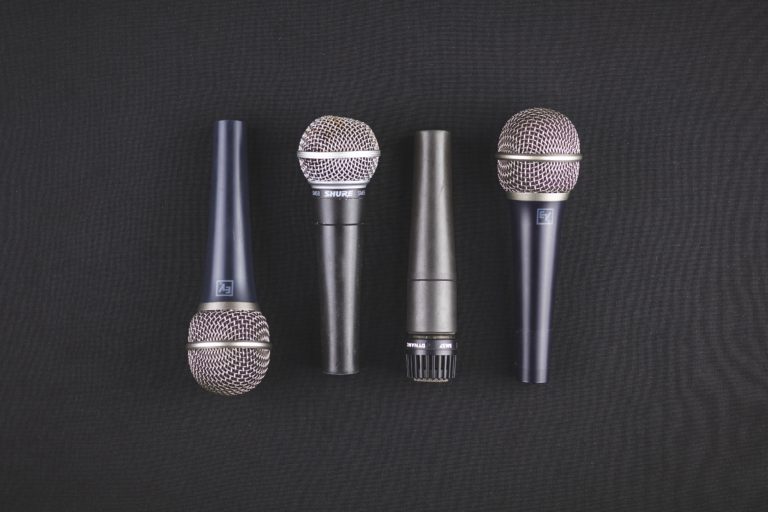Happy Friday! Welcome to our first Media Round Up. Each week we'll be collecting…
What Did We Learn from the June Debates?

It’s that time again… the July Democratic Debates are finally here! Before we head into tonight’s debate, let’s look back at what we’ve seen so far.
The 2020 presidential race has already broken gender barriers. Since 1948, the first year a presidential primary debate was broadcast (over the radio!), only five women had ever participated in a Democratic or Republican presidential primary debate – and only one woman had ever appeared on stage at a time. In June we saw six women take the stage, three per night. And on the other side of the desk, each 2020 Democratic debate is required by the Democratic National Committee (DNC) to have at least one female moderator. A recent study from Time’s Up found that of the 132 primary debates from 1996 – 2016, 44% did not include a woman moderator, an imbalance the DNC is working to fix this cycle.
Heading into the June debates, here at Gender on the Ballot, we were looking to see how the women candidates would overcome the barriers women often face on the road to executive leadership. Specifically, the need to stress qualifications and policy details, and how the candidates would approach “women’s issues,” something voters are very sensitive to. We were also watching how pundits and the media would react to their debate performances; would the women pay more for a perceived slip-up? Would Twitter be flooded with comments about their tone, or worse, their outfits?
We saw some clear patterns emerge. Women largely stayed above the fray, and focused heavily on their qualifications, as well as on connecting with voters by presenting themselves as “360-degree candidates.” Similar strategies were used on the second night, but we also saw more women candidates contrasting with their opponents. In these moments of tension, the women on stage focused on showing voters their strengths as candidates. When you look at the numbers, women received roughly 35% of the questions across both nights, a stat we’ll continue to monitor as we head into the next round of debates.
When the June debates were over, media and experts were impressed by the women’s performances. Speech coach Chris Jahnke found that they displayed their leadership qualities in the high-pressure situation by taking risks, being clear, and staying engaged. The media was equally impressed, and the conversation about gender in the debates continued on Twitter.
Heading into tonight’s debate, we’ll be watching to see how women candidates continue to stress their qualifications on stage, talk about their families, face the likeability litmus test, and engage on “women’s issues.” We’re also interested to see how electability plays out on stage, in light of our recent research findings. We know that voters believe a strong debate showing is a crucial indicator of electability, as is understanding the challenges Americans face and being able to go toe-to-toe against the opposition. We also know that 8 in 10 voters reject the idea that the country isn’t ready to elect a female president, something we’ll be thinking about as we watch gender play out on the debate stage this week.






